Windows Everywhere
Only Windows can offer a seamless experience across all your different work devices
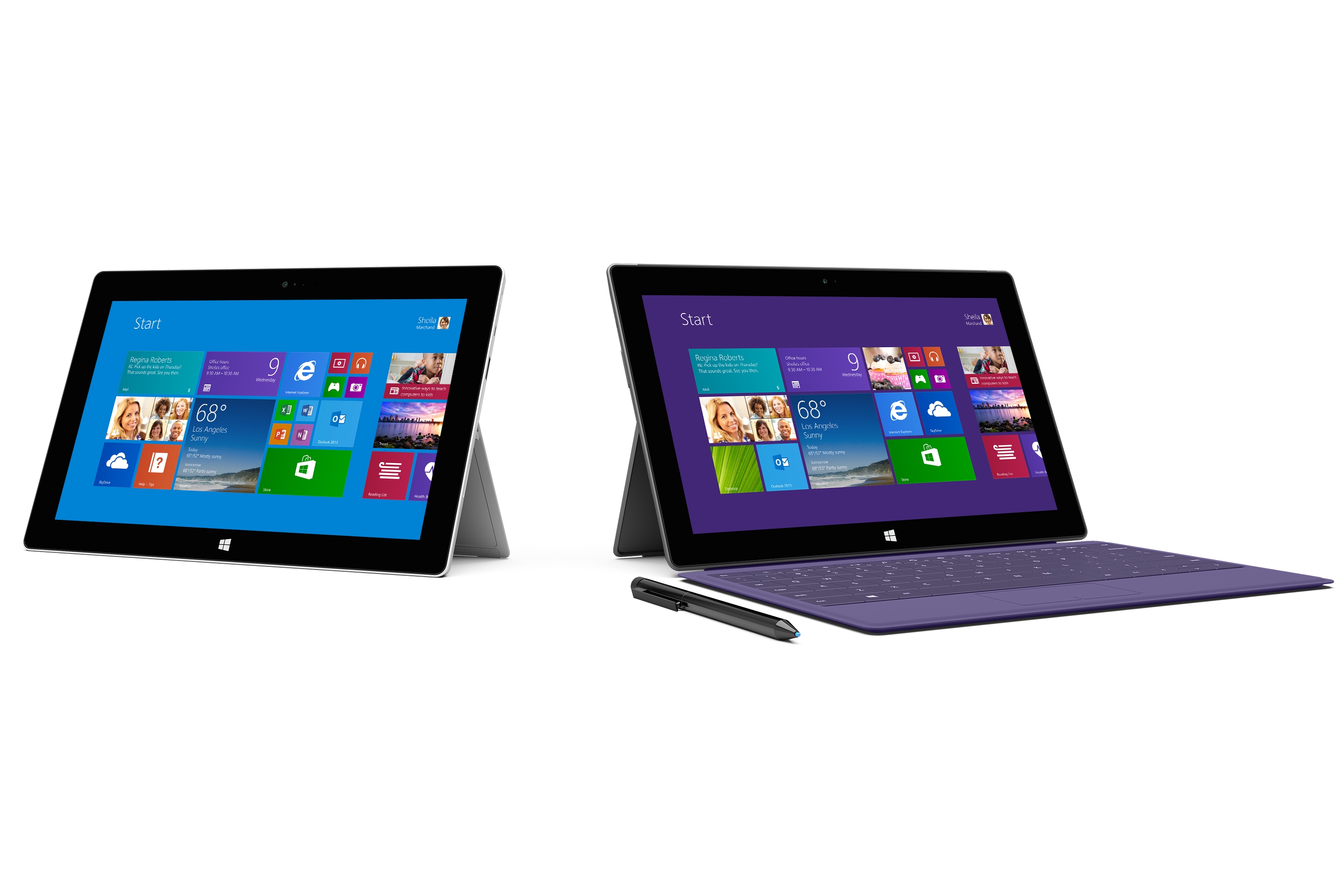
From smartphone to server, Windows has been the backbone of businesses for decades. Now, with Windows 8.1, Windows Phone 8 and Windows Server 2012 R2, all of your business-critical devices are more closely aligned than ever before, allowing you to move from one device to another, safe in the knowledge that all your data and settings will be seamlessly synchronised in the background.
The Windows look and feel
Whether it's on the 4in smartphone in your suit pocket, or the 27in screen on your office desk, Windows is the only platform to offer a consistent, familiar interface. Live tiles rotate with the latest information from your apps, so that you can see your next calendar appointment, a snippet of unread messages in your inbox, or live sales figures from your company's bespoke app without even having to open those apps in the first place.
The live tiles can be arranged and resized to suit your needs on each device. Alternatively, you can choose to synchronise your Windows 8.1 Start screen tiles across different devices, and know that you'll find your business-critical apps in exactly the same place on your tablet as they are on your desktop.
The live tiles aren't the only part of the Windows interface that is synchronised across devices. Colours, themes, backgrounds and desktop wallpapers can all be synchronised in the background, so that any Windows 8.1 or Windows 8.1 RT device* you own is instantly familiar and unmistakably yours.
Synchronised settings
It's not only visual settings that are preserved from device to device. Other settings that are synchronised in the background include network logins, so after you've logged in once to the Wi-Fi network in the company's meeting room, any other Windows 8.1 or Windows 8.1 RT device you take into the room will be instantly connected, without any user input.
No more work time is wasted setting up a PC the job's been done for you
Internet Explorer settings, history and favourites can also be harmonised, so that the site you were looking at yesterday on your home laptop can be instantly recalled at work. Website sign-ins and passwords are synchronised across devices, so there's no delay at login screens.
Printer settings, keyboard languages, custom dictionaries, File Explorer customisations, and ease of access settings can all be married across any device logged in with the same Microsoft account. Not only does it save you from making the same tweaks on multiple devices, but it makes setting up a new PC a breeze: you simply enter your Microsoft account credentials during the set-up procedure and everything is configured just the way you like it. No more work time is wasted setting up a PC the job's been done for you.
Apps everywhere
Windows apps can be added to the list of things that can be synchronised between multiple devices. Unlike some other platforms, apps bought on one Windows 8.1/Windows 8.1 RT device can be installed on any other device that you own, so you will never pay twice for the same app on your PC and tablet.
Better still, developers also have the opportunity to allow you to synchronise app settings. That not only means that you don't have to keep fiddling with settings to get apps the way you like them, but in-app purchases can be synchronised across devices, too, so that extra feature you added to a business app on your tablet is available on your PC, as is the copy of the digital newspaper you purchased on your way into work.
Aside from the business apps in the Windows Store, with the Enterprise and Pro versions of Windows 8.1, businesses also have the opportunity to "sideload" apps on to employees' devices. This means custom-built business apps can be quickly deployed to a workforce without having to first publish them in the Windows Store. Such an app could give tablet users touch-friendly access to data stored on the company intranet, for example, or provide a company welcome pack for new employees, with searchable phonebook, video guides and access to internal forms, such as expenses or holiday requests.
OneDrive integration
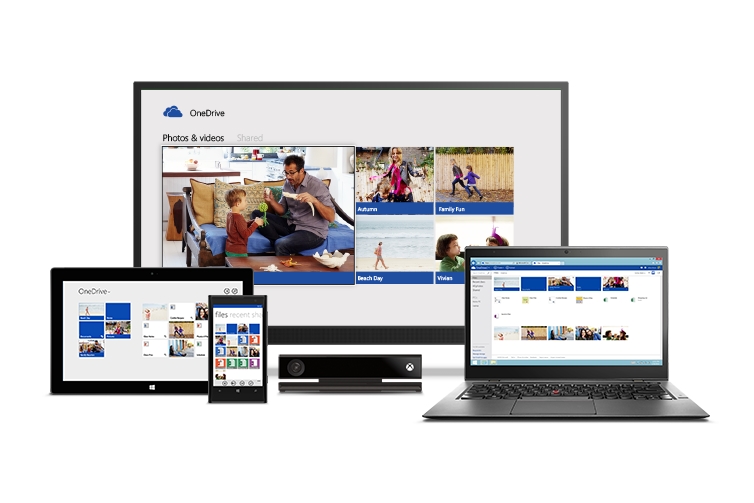
No matter what application you're using, there's always somewhere to save data that can be synchronised across your devices: OneDrive (previously known as SkyDrive). Now fully integrated into Windows 8.1, both Windows Store and desktop apps can save files to OneDrive.
This comes into its own with the latest version of Microsoft Office which comes pre-installed on all Windows RT devices and compact Windows 8.1 tablets. Documents, spreadsheets or presentations can be saved straight to the user's OneDrive from within Word, Excel or PowerPoint, from where they are instantly accessible on any other device.
This means, for example, that you could save a document on your desktop PC before you leave the office for a meeting, and pick up where you left off using a Windows 8.1 tablet on the journey. Word 2013 even helpfully allows you to jump straight to the point you last edited with a single click. Alternatively, you could review the data in a spreadsheet in the back of a taxi using your Windows Phone 8 device, and even make edits to the worksheet using the built-in Office app that ships with every Windows smartphone. All formatting, macros and formulae within your spreadsheet will be preserved, even if you edit the file on your mobile.
On the desktop, OneDrive now appears in the left-hand navigation pane of Windows Explorer, making it easier than ever to access files that are stored in the cloud. The OneDrive app on the Start screen, meanwhile, makes it easy to search, open and view files using a touchscreen tablet.
And there's no need to worry about OneDrive files swallowing up all the disk space on tablets with limited storage. OneDrive will only download files to your tablet as and when you need them. That means you can still have easy access to gigabytes worth of files without wasting valuable storage on files you've never opened on that device. If there are particular OneDrive files or folders that you always want access to, you can choose to make them available offline any changes made to those files on other Windows devices will still be fully synchronised.
Ready for work, wherever you are
With that unique combination of synchronised interfaces, settings and data across all of your devices, it's only Windows that's ready to work whenever and wherever you are. Whether in the office, at home or somewhere in between, Windows brings all your files and business-critical apps with you.
(*Windows 8.1 RT is the version of Windows for devices running ARM-based processors. It's predominantly deployed on compact tablet or hybrid devices.)
Get the ITPro daily newsletter
Sign up today and you will receive a free copy of our Future Focus 2025 report - the leading guidance on AI, cybersecurity and other IT challenges as per 700+ senior executives
Barry Collins is an experienced IT journalist who specialises in Windows, Mac, broadband and more. He's a former editor of PC Pro magazine, and has contributed to many national newspapers, magazines and websites in a career that has spanned over 20 years. You may have seen Barry as a tech pundit on television and radio, including BBC Newsnight, the Chris Evans Show and ITN News at Ten.
-
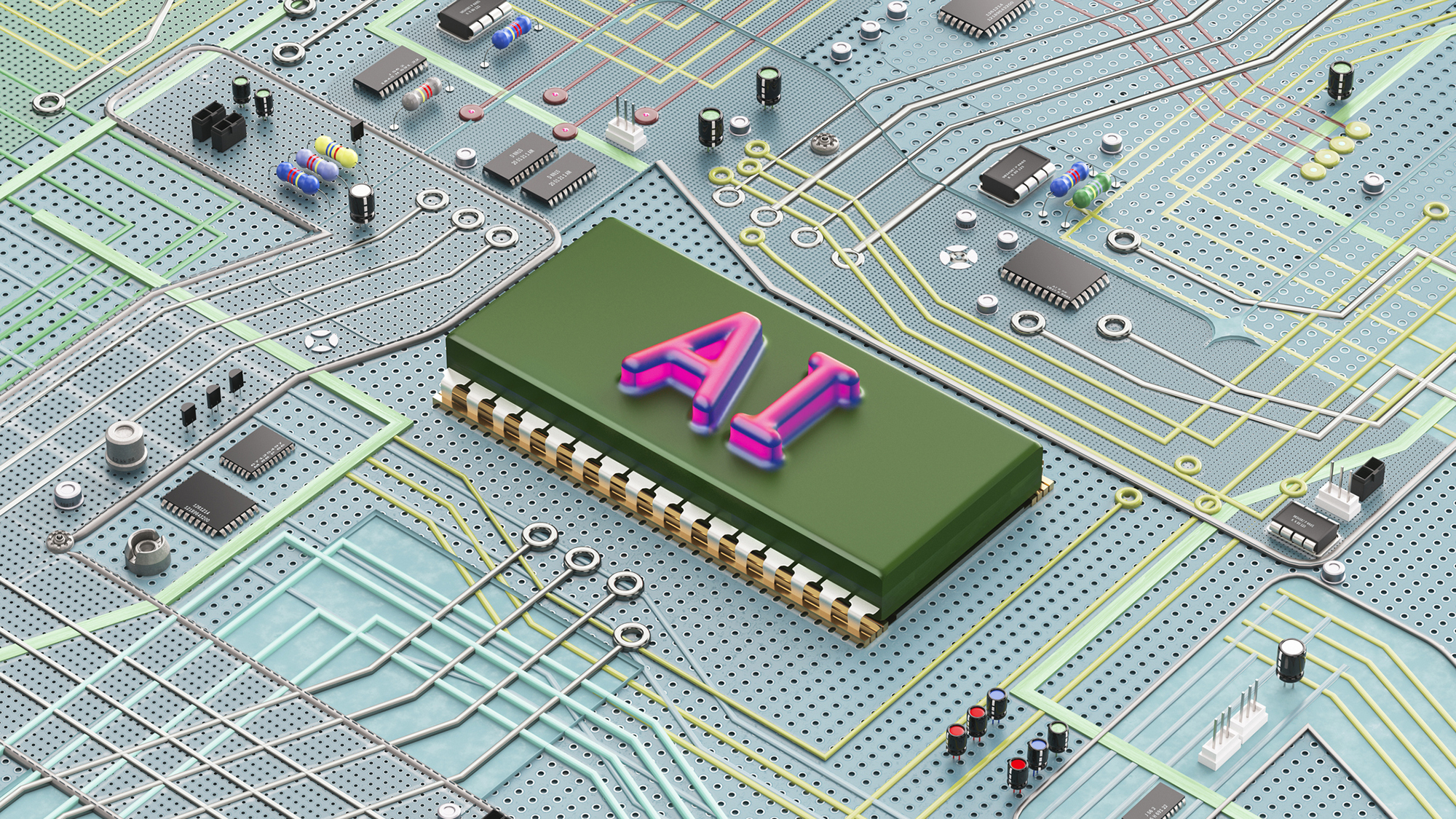 Should AI PCs be part of your next hardware refresh?
Should AI PCs be part of your next hardware refresh?AI PCs are fast becoming a business staple and a surefire way to future-proof your business
By Bobby Hellard
-
 Westcon-Comstor and Vectra AI launch brace of new channel initiatives
Westcon-Comstor and Vectra AI launch brace of new channel initiativesNews Westcon-Comstor and Vectra AI have announced the launch of two new channel growth initiatives focused on the managed security service provider (MSSP) space and AWS Marketplace.
By Daniel Todd
-
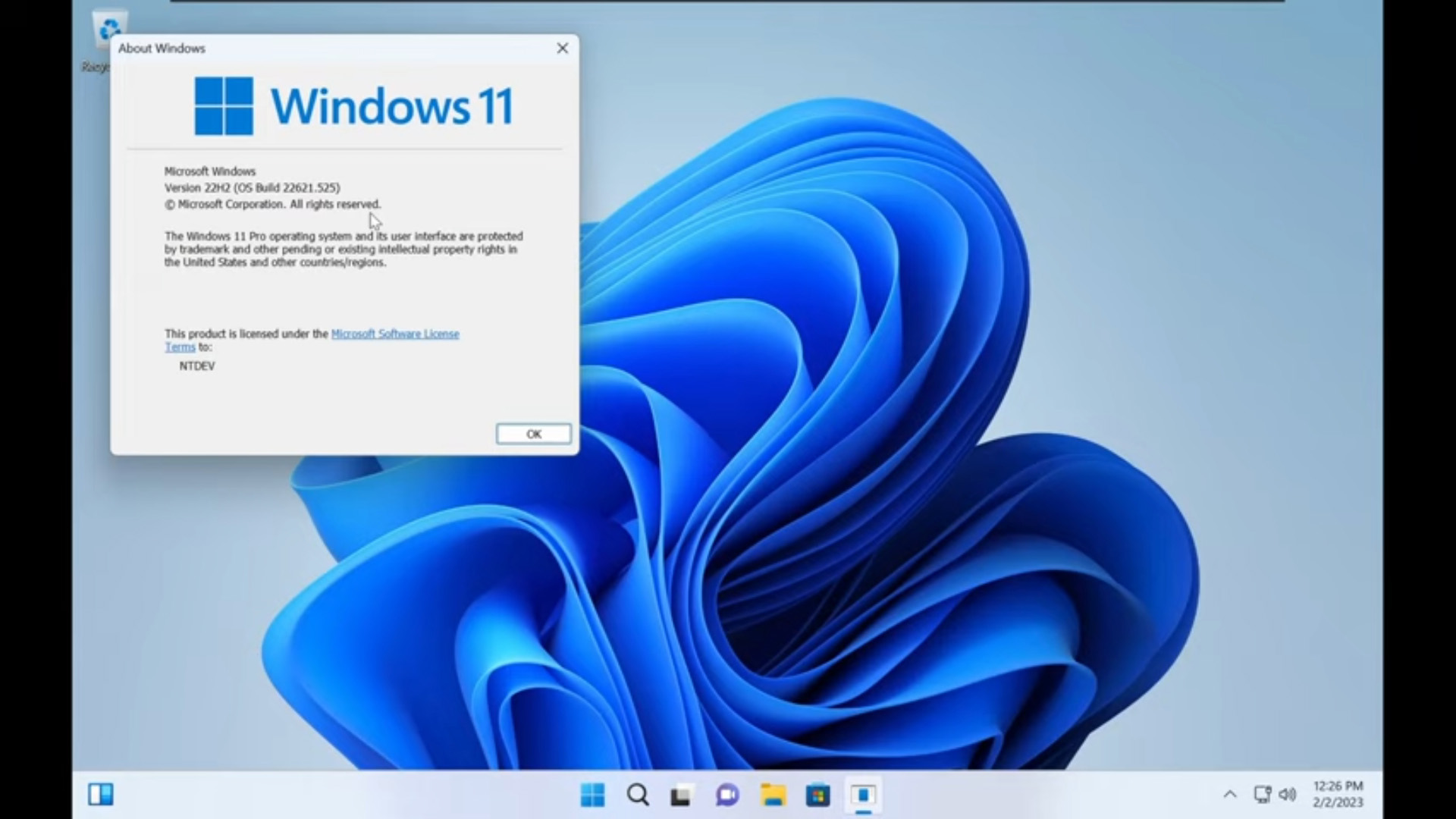 Tiny11 review: Windows 11 with only 2GB of RAM
Tiny11 review: Windows 11 with only 2GB of RAMReview A version of Windows 11 for older machines that don't meet the full requirements
By Nik Rawlinson
-
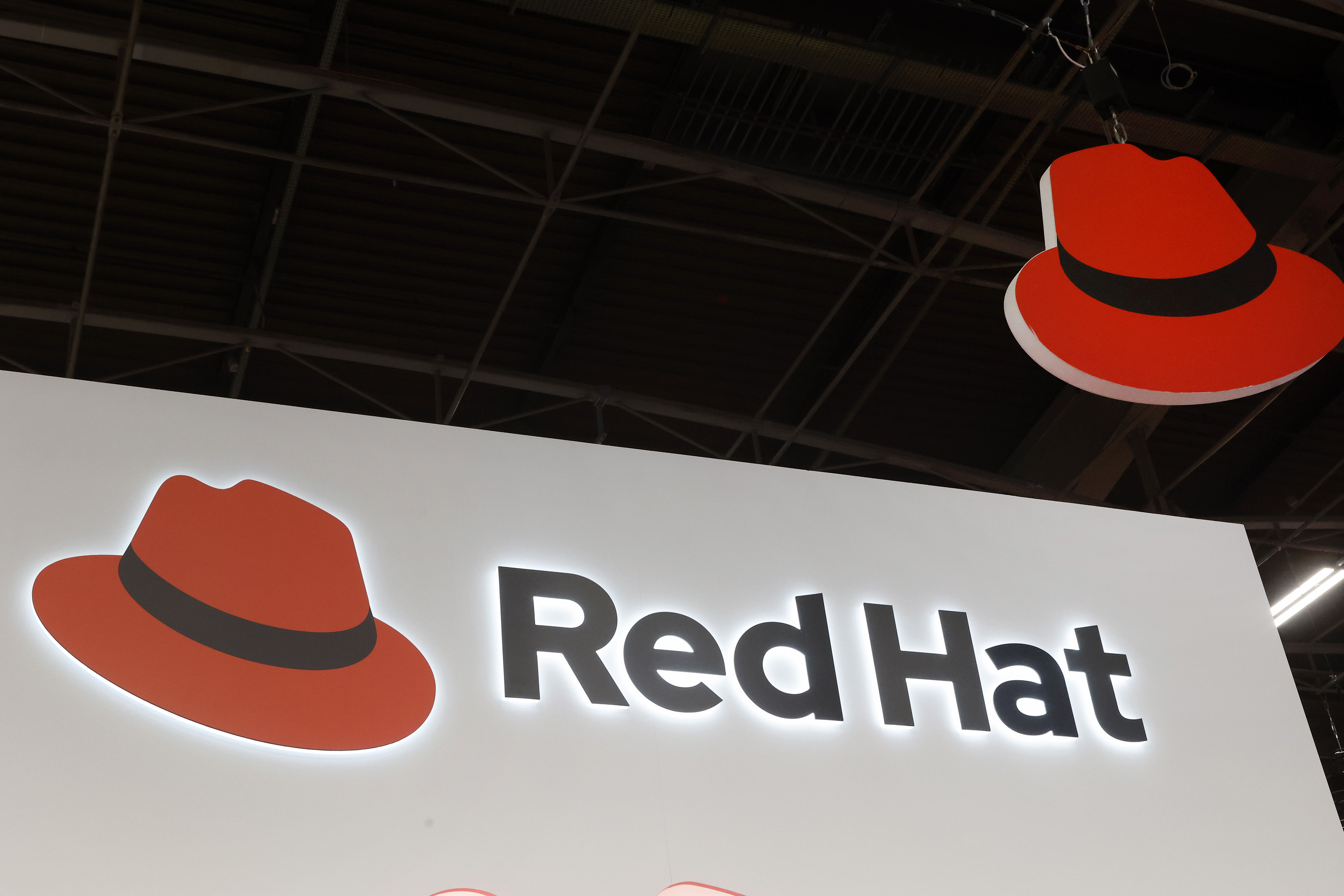 Red Hat Enterprise Linux becomes foundational operating system for Cohesity Data Cloud
Red Hat Enterprise Linux becomes foundational operating system for Cohesity Data CloudNews New strategic partnership between Red Hat and Cohesity aims to drive innovation in the data security and management space
By Daniel Todd
-
 Ubuntu shifts to four-week update cycle
Ubuntu shifts to four-week update cycleNews Critical fixes will also come every two weeks, mitigating the issues involved with releasing prompt patches on the old three-week cadence
By Richard Speed
-
 AlmaLinux follows Oracle in ditching RHEL compatibility
AlmaLinux follows Oracle in ditching RHEL compatibilityNews Application binary compatibility is now the aim with 1:1 now dropped
By Richard Speed
-
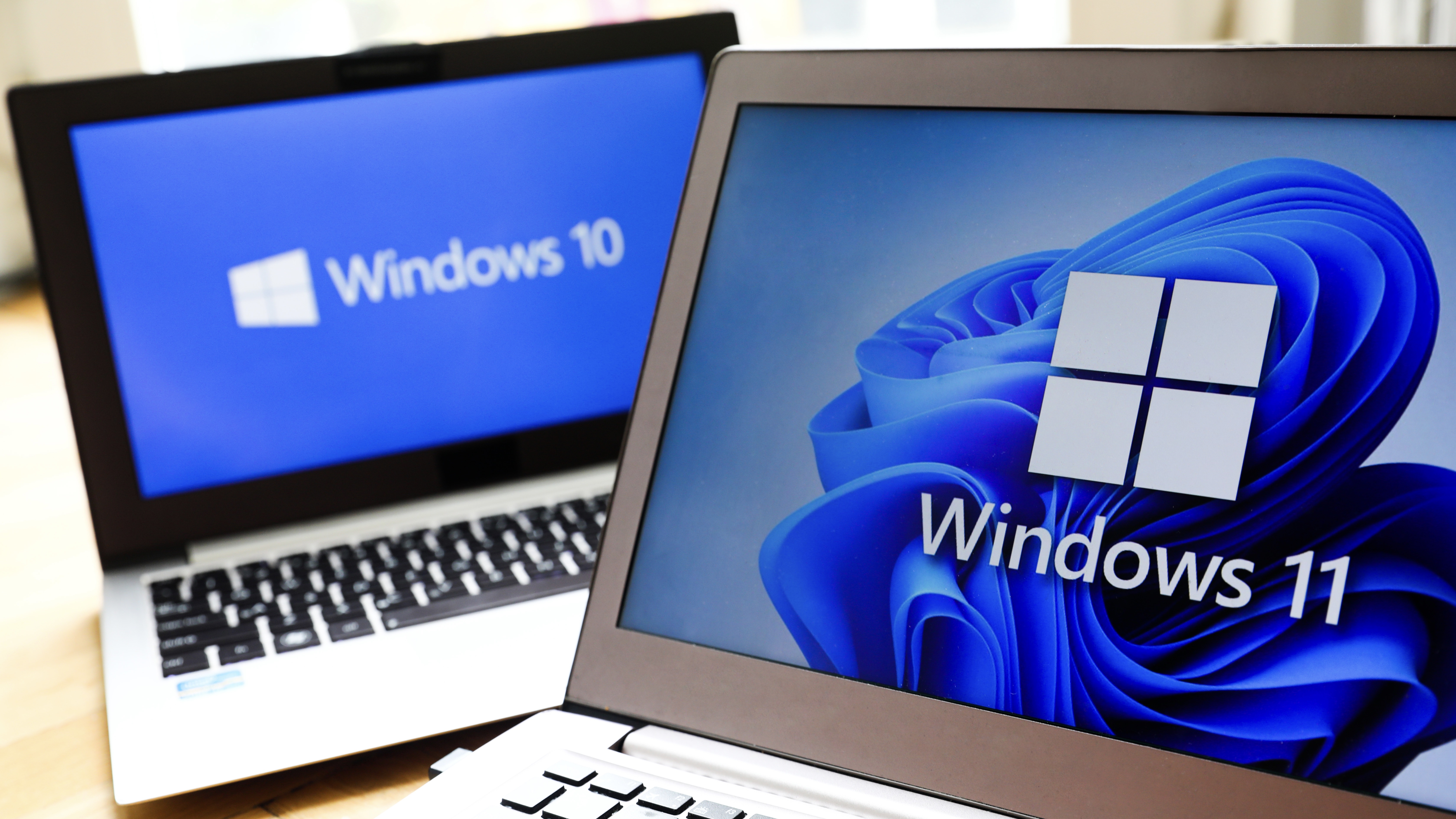 How big is the Windows 10 cliff-edge?
How big is the Windows 10 cliff-edge?ITPro Network With some comparing the upcoming Windows 10 end of life to Windows XP, we ask members of the ITPro Network for their insight
By Jane McCallion
-
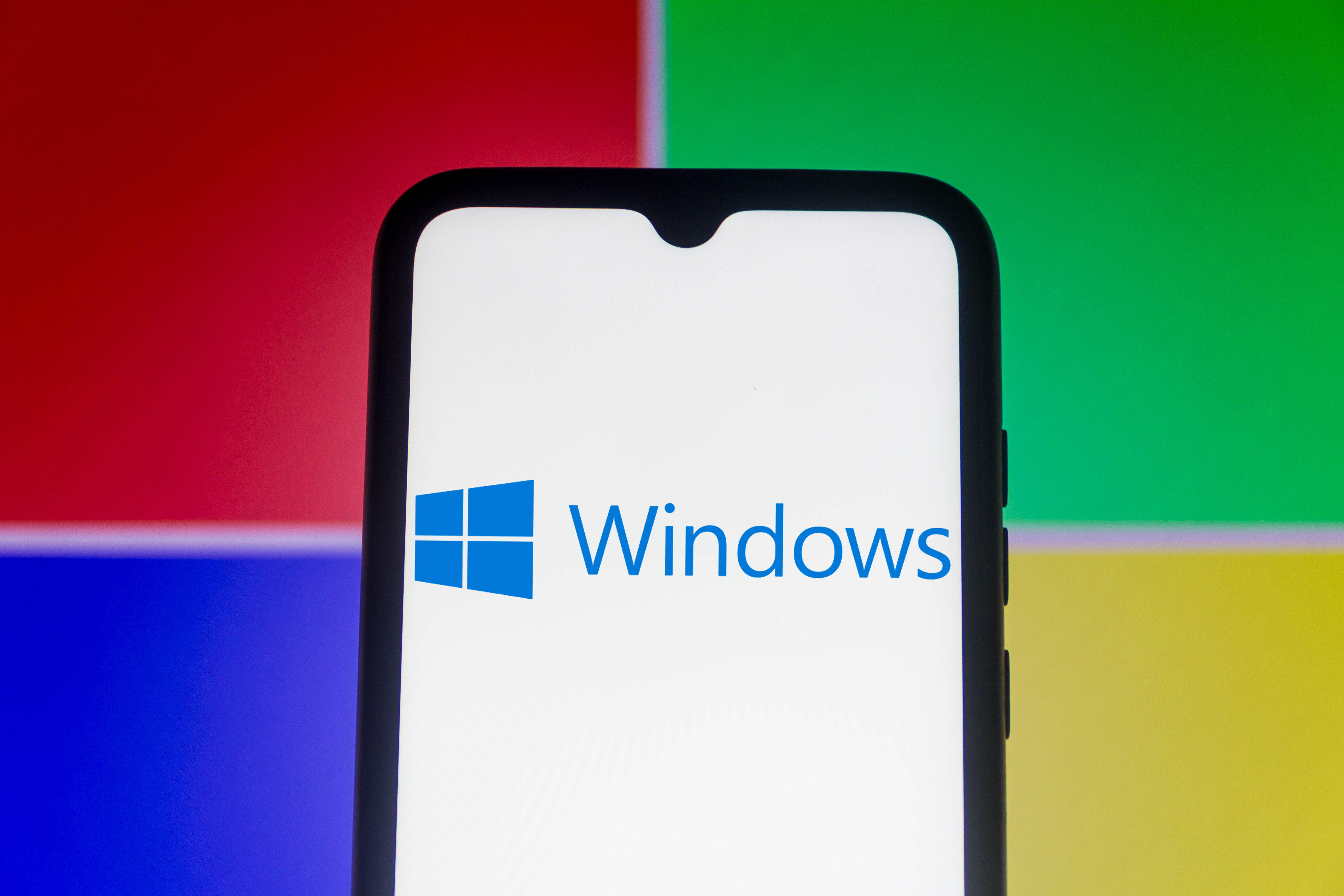 Everything you need to know about the latest Windows 11 updates - from bug fixes to brand-new features
Everything you need to know about the latest Windows 11 updates - from bug fixes to brand-new featuresNews Two new cumulative updates are on the way and will be installed automatically on Windows 10 and Windows 11 machines
By Rory Bathgate
-
 How to download a Windows 11 ISO file and perform a clean install
How to download a Windows 11 ISO file and perform a clean installTutorial Use a Windows 11 ISO to install the operating system afresh
By John Loeppky
-
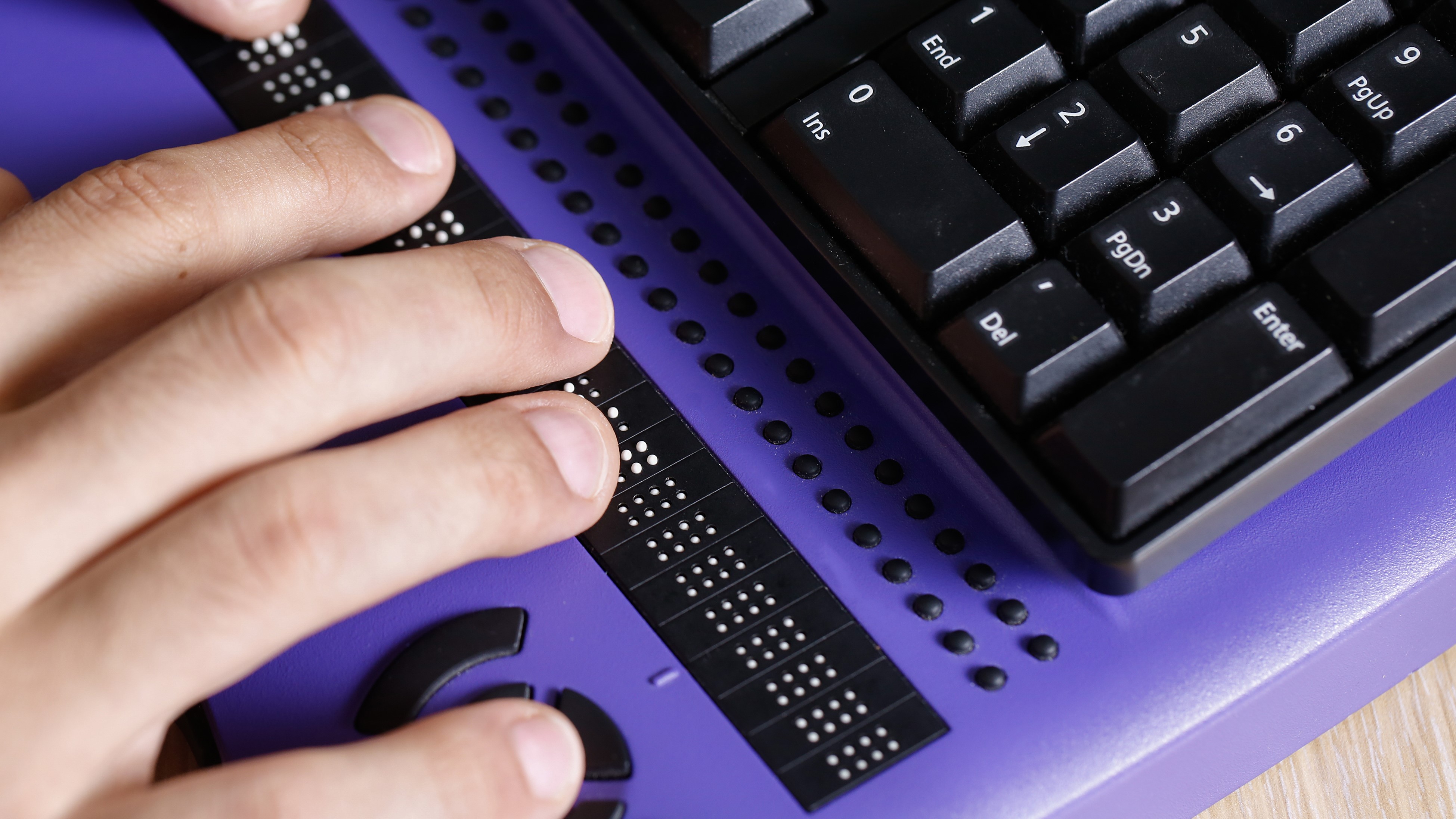 We could all benefit from better Windows and macOS accessibility features
We could all benefit from better Windows and macOS accessibility featuresOpinion Today’s accessibility features can help you work through a nasty injury, but there’s still plenty of room for improvement
By Barry Collins
